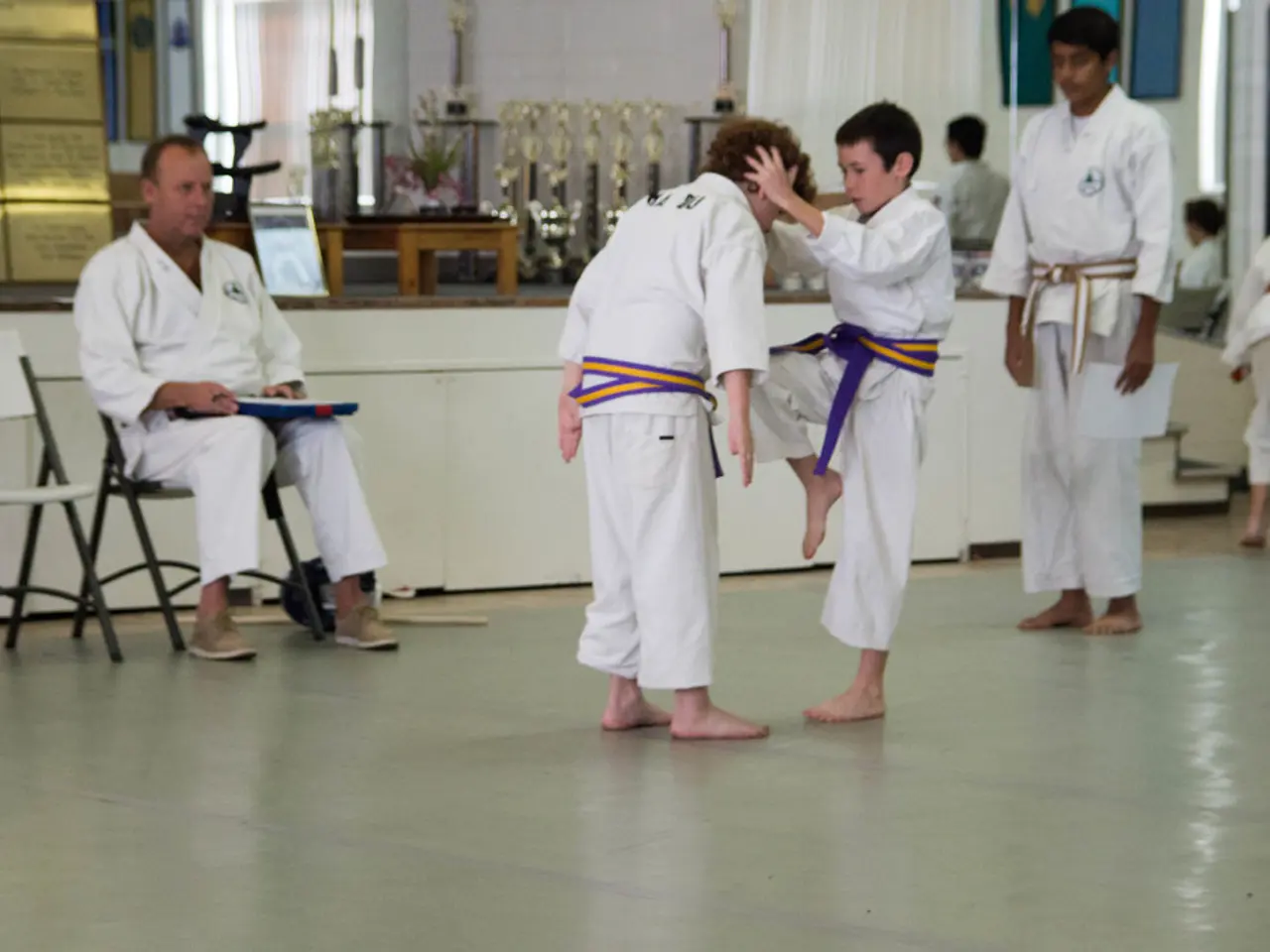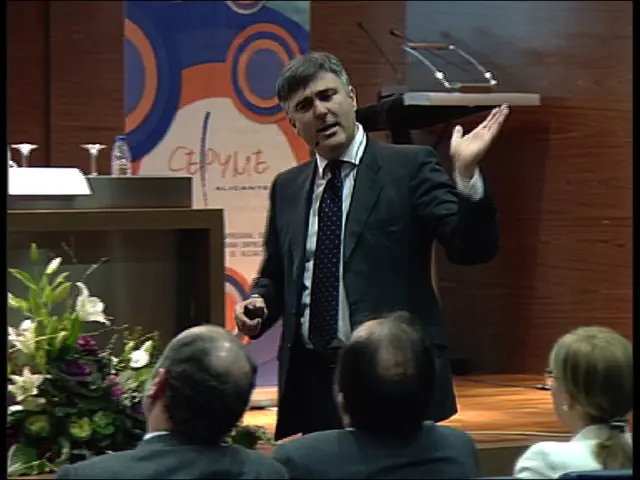Debunking Common Misconceptions Regarding Scientific Aspects of Elementary Education
In the realm of education, several popular beliefs about learning styles and intelligence have persisted for years. However, a recent study published in Trends in Neuroscience and Education has shed light on these misconceptions, revealing that they are more myth than fact.
One such myth is the idea of multiple intelligences, a term coined by developmental psychologist Howard Gardner. Gardner's work originally aimed to explain how intelligence could be multifaceted, but it has been consistently conflated with learning styles and taken to be prescriptive. In reality, brain development and activity is fairly consistent across individuals, and neuroscience has not found separate systems in the brain for different kinds of cognition.
Another prevalent myth is the belief in learning styles, with many teachers assuming that students learn best through visual, auditory, or kinesthetic means. However, research has shown that matching instruction and activities by these learning styles does not improve student performance more than developing well-structured lessons overall.
The study, led by Prof. Dr. Sanne W. Spruit, found that 9 out of 10 primary school teachers in 11 countries believe in these learning style myths. The misconceptions often prove sticky because they stem from a misunderstanding of real research or seem to explain why some instructional practices work, but for the wrong reason.
Interestingly, the study also found that teachers do not consistently match students' behaviors with the same learning styles, or particular instructional practices with a given learning style. This suggests that these beliefs may not be guiding teaching practices as much as one might assume.
One myth that has been particularly stubborn is the idea that some people are more "right-brained" or "left-brained" to explain differences in creativity or learning. This notion, however, is incorrect. Personality characteristics, such as creativity, intuitiveness, or rationality, are not associated with a particular brain hemisphere.
The study also debunked the "Mozart effect," a misconception that listening to a Mozart sonata improves brain development or general intelligence. Several studies have failed to replicate this finding, showing that regular physical activity, which supports cognition by improving overall health and reducing stress, is a more reliable way to boost brain function.
It's important to note that these misconceptions can lead teachers to misdiagnose learning problems and adopt less effective practices. For instance, the belief that damage to the prefrontal cortex is associated with a specific type of learning problem can overshadow the fact that people with brain trauma or a stroke often relearn tasks and skills using different parts of their brains.
Given these findings, it's crucial for educators to reconsider their assumptions about learning styles and multiple intelligences. By understanding the science behind learning and intelligence, teachers can create more effective and inclusive learning environments for all students.
Read also:
- Guidelines for resuming operations: Strategies for hotels to utilize their resources beneficially during the ongoing lockdown period
- Medical facility achieves $1.3 million annual savings on energy expenses and enhances patient comfort levels.
- Residents Return to Pompeii Post-Eruption, Archaeological Findings Display
- Surviving Prehistoric Creatures: Tuataras - Reptiles that Lived Beyond the Dinosaur Era








